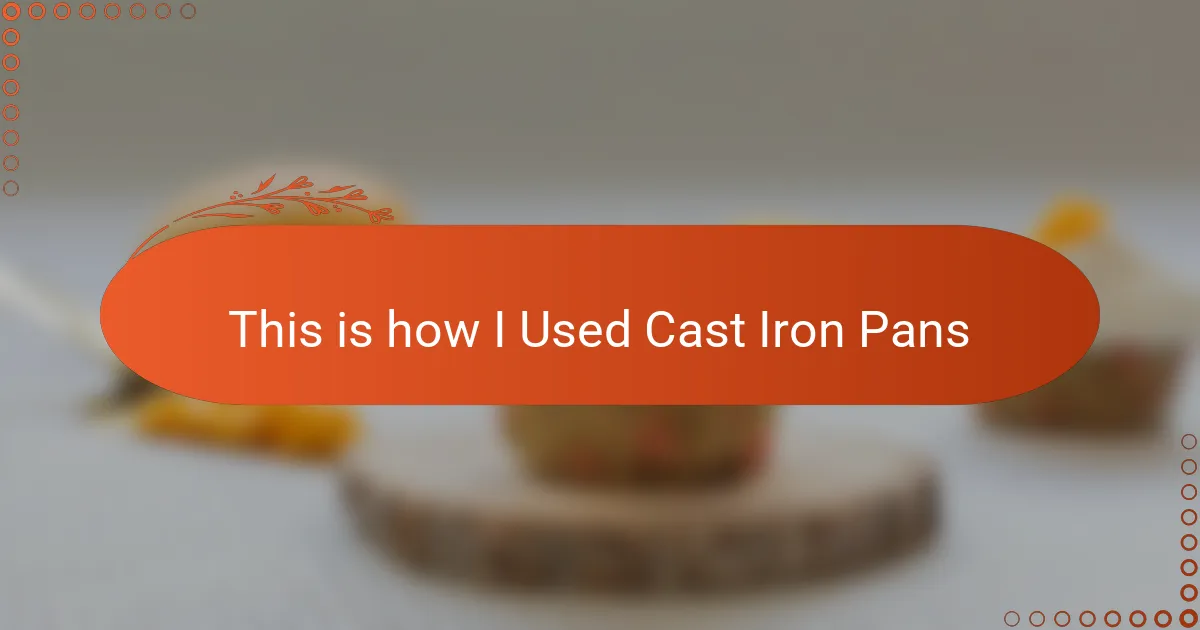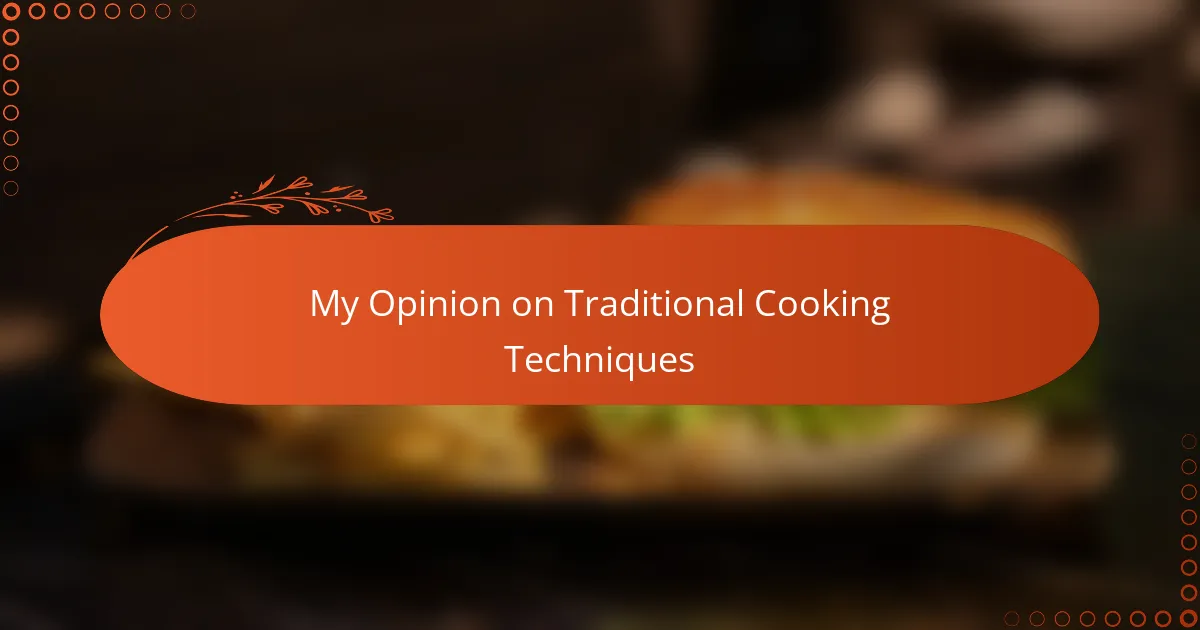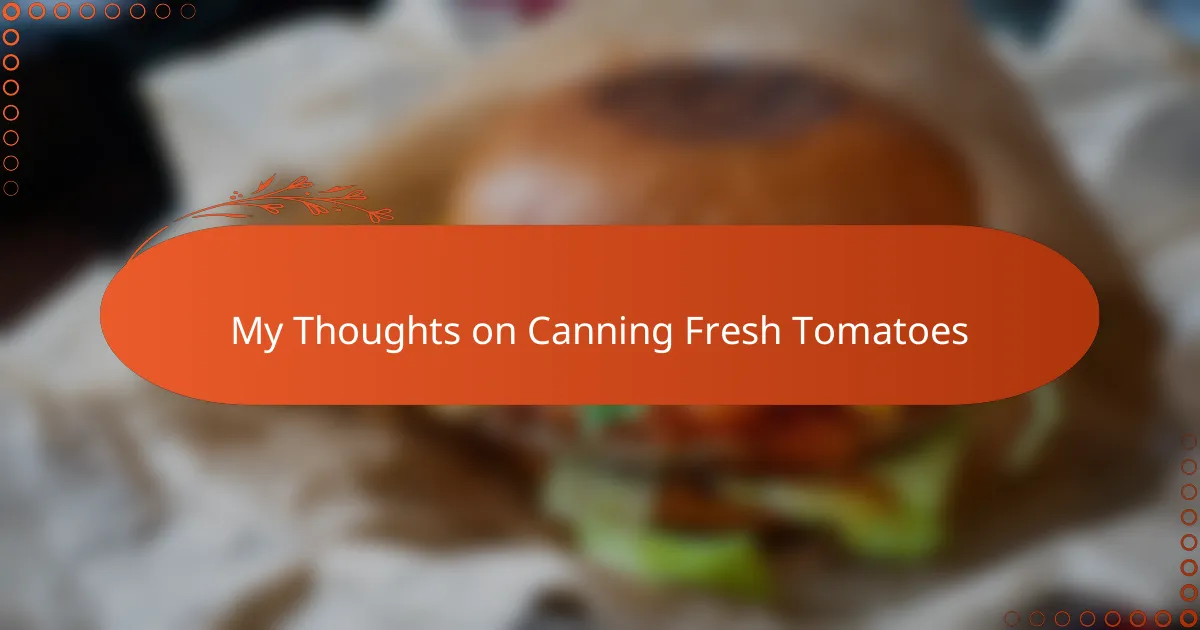Key takeaways
- Cast iron pans improve with age due to their ability to retain heat and develop a natural non-stick seasoning.
- Proper preparation and maintenance, such as gradual warming and avoiding soap, enhance the cooking experience and prolong the pan’s life.
- Versatile in cooking methods, cast iron pans can seamlessly transition from stovetop to oven, simplifying meal preparation.
- Personal experiences with cast iron cooking foster a deeper appreciation for culinary practices and create cherished memories.
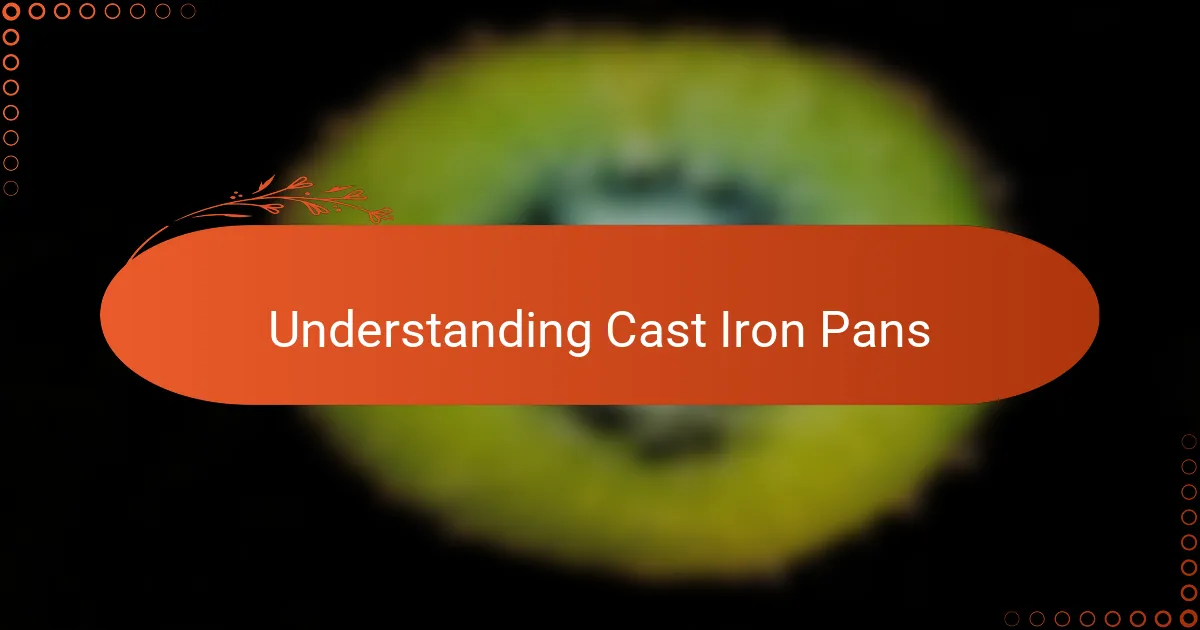
Understanding Cast Iron Pans
Cast iron pans have a unique charm that goes beyond their heavy, rugged appearance. I remember the first time I held one—it felt like holding a piece of history in my hand, and that made me curious about what really sets them apart. Have you ever wondered why these pans seem to improve with age, unlike most kitchen tools?
The secret lies in their ability to retain and distribute heat evenly, which to me feels like having a reliable cooking partner who never lets you down. Over time, the pan develops a natural non-stick surface known as the seasoning, created by layers of polymerized oils. This seasoning isn’t just a coating; it’s like a protective skin that grows with use, making every meal better than the last.
Understanding cast iron means appreciating its durability and versatility. From searing steaks to baking cornbread, these pans adapt to various cooking methods. It’s fascinating how such a simple tool can become central to so many recipes, making me value the art of cooking a little more each time I use mine.
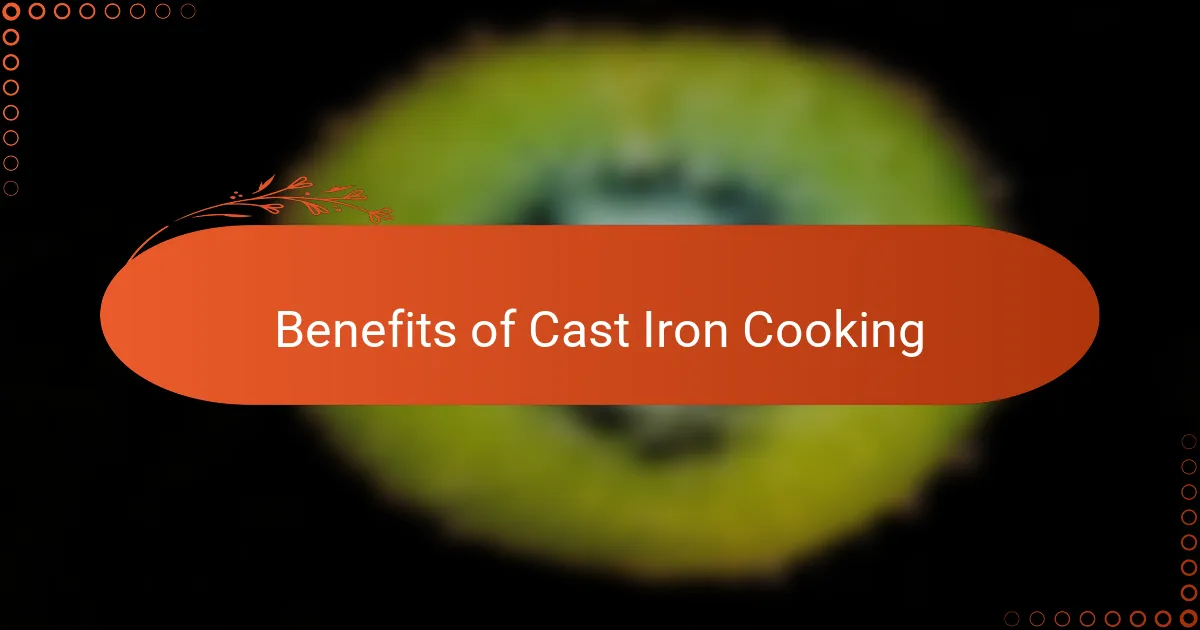
Benefits of Cast Iron Cooking
There’s something deeply satisfying about how cast iron pans hold heat so consistently. I’ve noticed that once my pan gets hot, it stays hot, giving me that perfect sear on meats or a golden crust on cornbread every single time. Have you ever struggled with uneven cooking? With cast iron, that frustration just melts away.
I also appreciate how the seasoning on these pans actually improves with each use, almost like the pan becomes a trusted friend in my kitchen. It’s comforting to know that the more I cook with it, the more non-stick and flavorful it gets, saving me from scraping or soaking endlessly.
Another benefit I’ve come to love is how cast iron can go straight from stovetop to oven without skipping a beat. Whether I’m frying eggs or finishing a frittata under the broiler, this versatility has honestly simplified my cooking routine and made meal prep feel less like a chore.
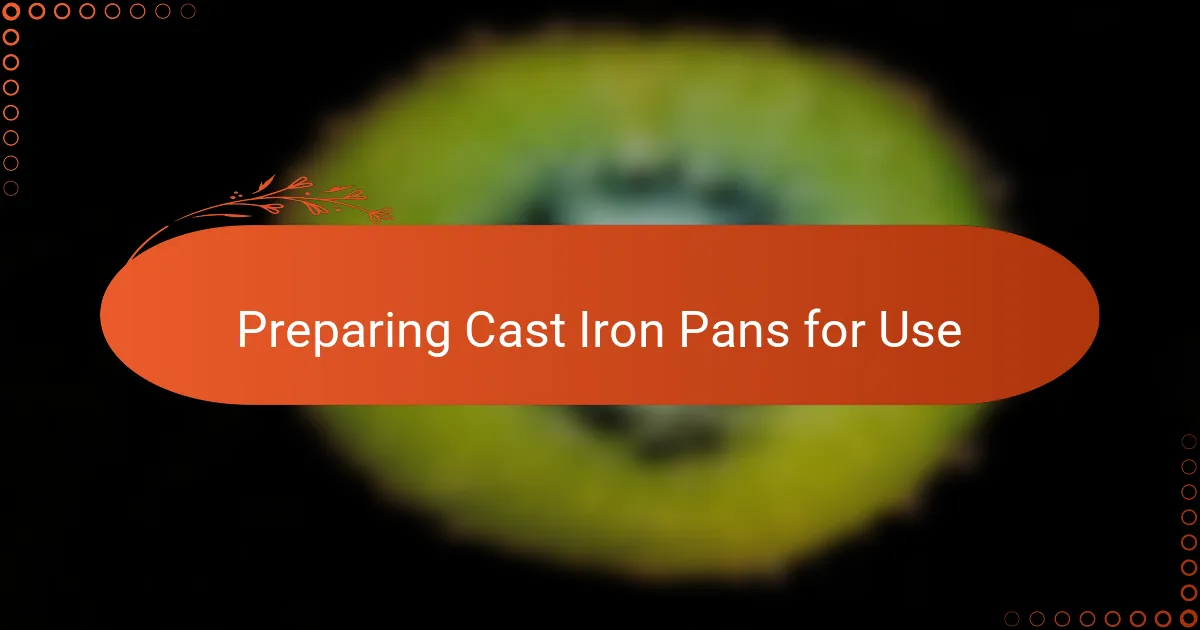
Preparing Cast Iron Pans for Use
Preparing a cast iron pan for use always feels a bit like a ritual to me. Before cooking, I make sure to warm the pan gradually on low heat—this not only protects the seasoning but also prevents any sudden warping. Have you noticed how a cold cast iron pan can sometimes snag your food? Warming it gently is a small step that saves a lot of frustration.
Another thing I always do is give my pan a quick wipe with a light layer of oil before heating. It might sound simple, but this little habit helps maintain that smooth, non-stick surface I rely on. Over time, I’ve learned that skipping this step can dull the seasoning, which takes away from the pan’s magic during cooking.
Sometimes, if the pan hasn’t been used in a while, I refresh it by heating it in the oven after applying oil to reinforce the seasoning. This process feels like giving the pan a little self-care boost—kind of how I treat myself with a good morning coffee before starting the day. It’s amazing how these small acts prepare not just the pan, but also set the tone for enjoyable cooking ahead.
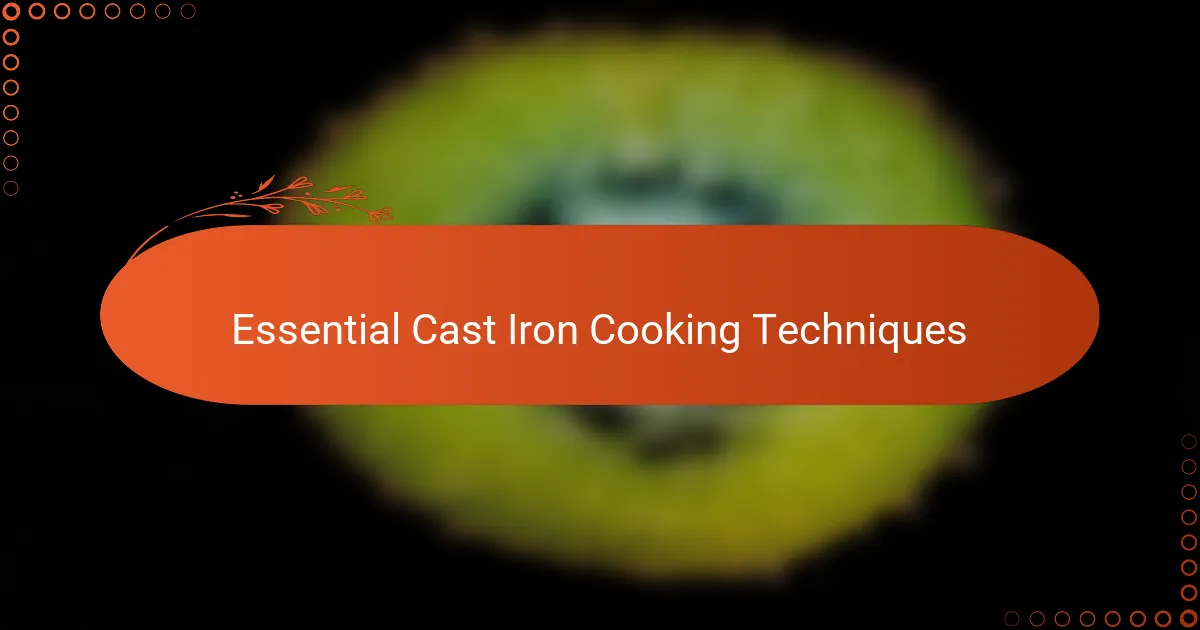
Essential Cast Iron Cooking Techniques
Mastering the basics of cast iron cooking has been a game-changer in my kitchen. One technique I swear by is preheating the pan slowly; rushing this step can lead to uneven cooking or sticking. Have you ever tried flipping pancakes only to have them tear apart? That’s usually the pan not being ready, and trust me, patience here pays off.
Another essential trick I’ve picked up is knowing when to use oil and how much. Too little, and food clings stubbornly; too much, and you risk greasy results. Over time, I learned that brushing a thin, even coat of oil on a warm pan just before adding ingredients creates that perfect non-stick barrier, making cleanup much easier and cooking more enjoyable.
Finally, controlling the heat is crucial with cast iron. These pans hold heat like a pro, but that means you have to be attentive to avoid burning food. I often start on medium heat and adjust as I go, feeling the pan’s temperature with a flick of water or simply by experience—kind of like listening to your cooking partner and knowing just when to turn things down or up.
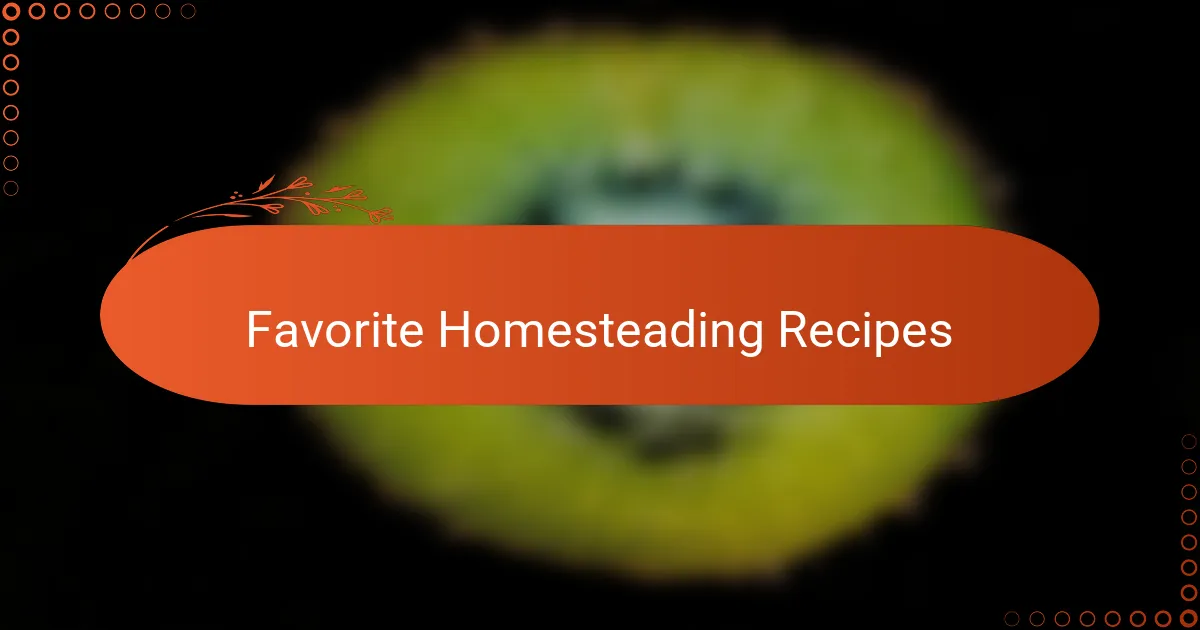
Favorite Homesteading Recipes
When I think about my favorite homesteading recipes, one that always comes to mind is a simple skillet cornbread cooked right in my cast iron pan. There’s something about that golden crust and tender crumb that just feels like home. Have you ever tasted cornbread so good it brings back memories of family dinners and cozy evenings by the fire?
Another recipe I’ve grown attached to is my slow-cooked chicken stew. I love how the cast iron’s even heat allows each ingredient to meld perfectly, creating a dish that’s rich, hearty, and comforting. It’s amazing how a humble pan can transform basic ingredients into a meal that fuels both body and soul.
I also enjoy experimenting with skillet-fried apples for dessert, especially when fresh fruit is in season on the farm. The way the apples caramelize in the pan, infused with cinnamon and a touch of honey, turns a simple treat into something special. Have you tried finishing it with a scoop of homemade vanilla ice cream? It’s little moments like this that make homesteading cooking so rewarding.
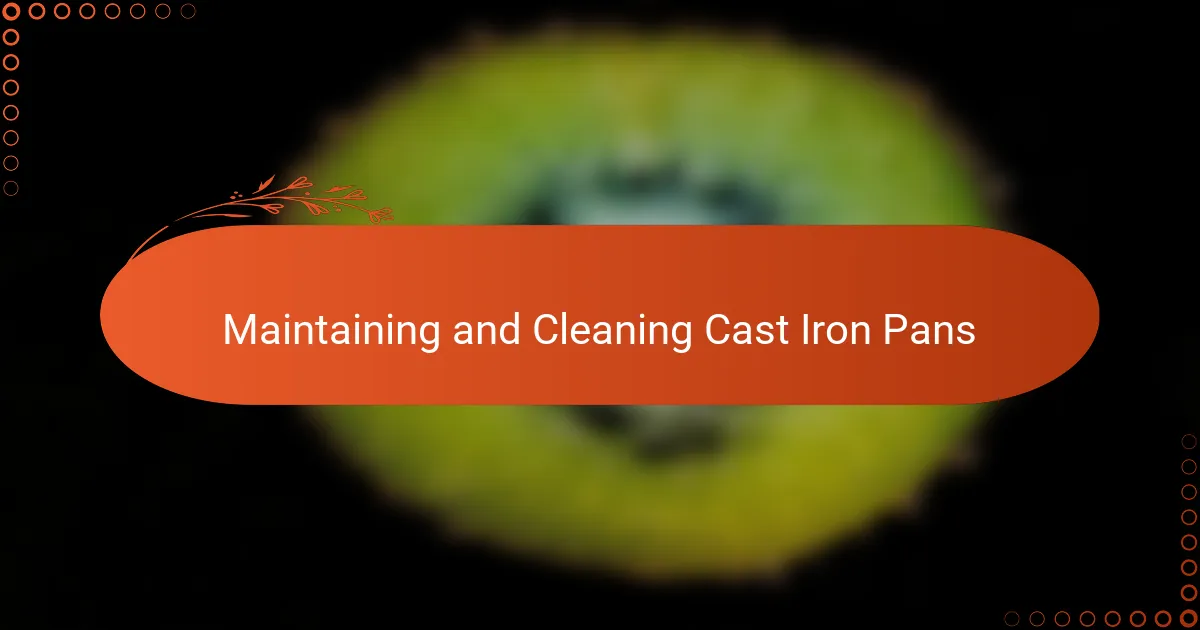
Maintaining and Cleaning Cast Iron Pans
Cleaning my cast iron pan always feels like a careful conversation rather than a chore. I avoid soap because it can strip away all that hard-earned seasoning, which I think of as the pan’s personality built up over time. Instead, a wipe with a damp cloth or a scrub with coarse salt and a little warm water usually does the trick—simple, effective, and respectful to the pan’s history.
After cleaning, I make it a point to dry the pan thoroughly—sometimes I even pop it on the stove for a minute to make sure no moisture lingers. Trust me, skipping this step once led to rust spots that took weeks to fix, and I learned the hard way that a dry pan is a happy pan. Then, a light coat of oil restores that shiny protective layer, almost like giving the pan a little nourishing massage before I put it away.
Have you ever wondered why seasoned pans almost seem indestructible? That’s because maintaining seasoning properly not only keeps the pan non-stick but also protects it against rust and damage. From my experience, consistent maintenance builds a bond that keeps the pan ready for whatever kitchen adventure comes next.
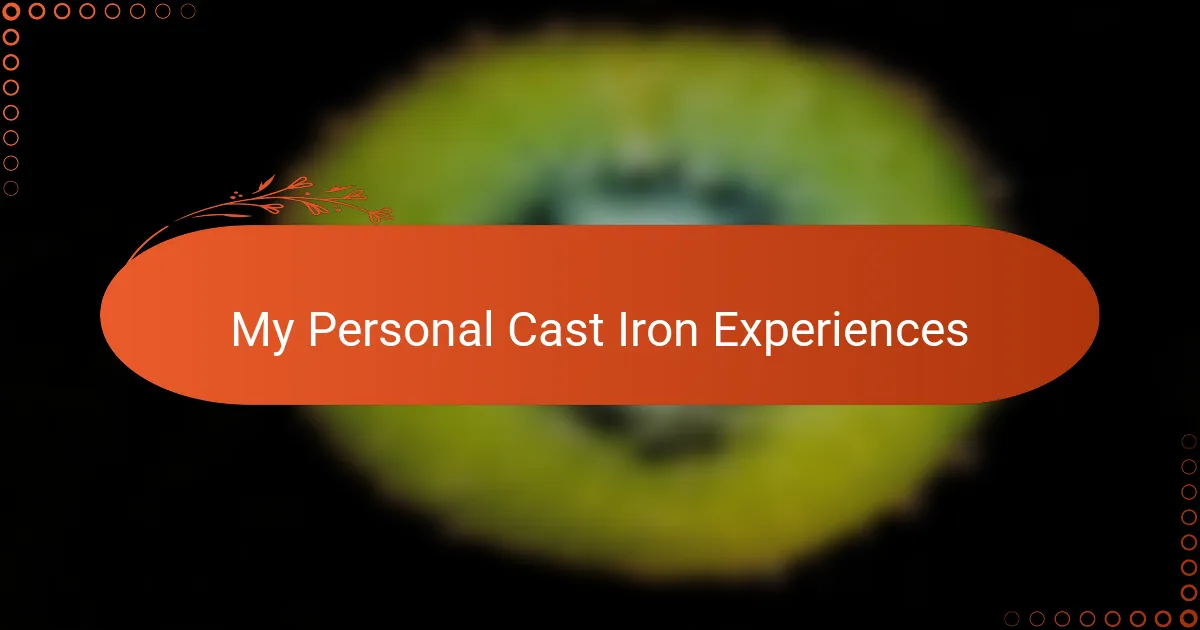
My Personal Cast Iron Experiences
Using cast iron pans has truly become a personal journey for me. I recall the first time I cooked a simple fried egg in mine; it slid around the pan with such ease that I was hooked immediately. That moment made me realize this wasn’t just any pan—it was a kitchen companion that rewarded patience and care.
There were moments, of course, when I wasn’t gentle enough, and my food stuck stubbornly, teaching me valuable lessons about seasoning and heat control. Have you ever felt frustrated when a meal doesn’t go as planned? I have, and those experiences taught me to listen closely to the pan’s needs, almost like developing a language of my own with it.
More than just cooking tool, my cast iron pan carries memories: weekend breakfasts, experimental recipes, and quiet evenings cooking for loved ones. The way it has aged with me—gaining character and a richer seasoning—is something I’ve come to appreciate deeply, making every dish feel a little more special.
